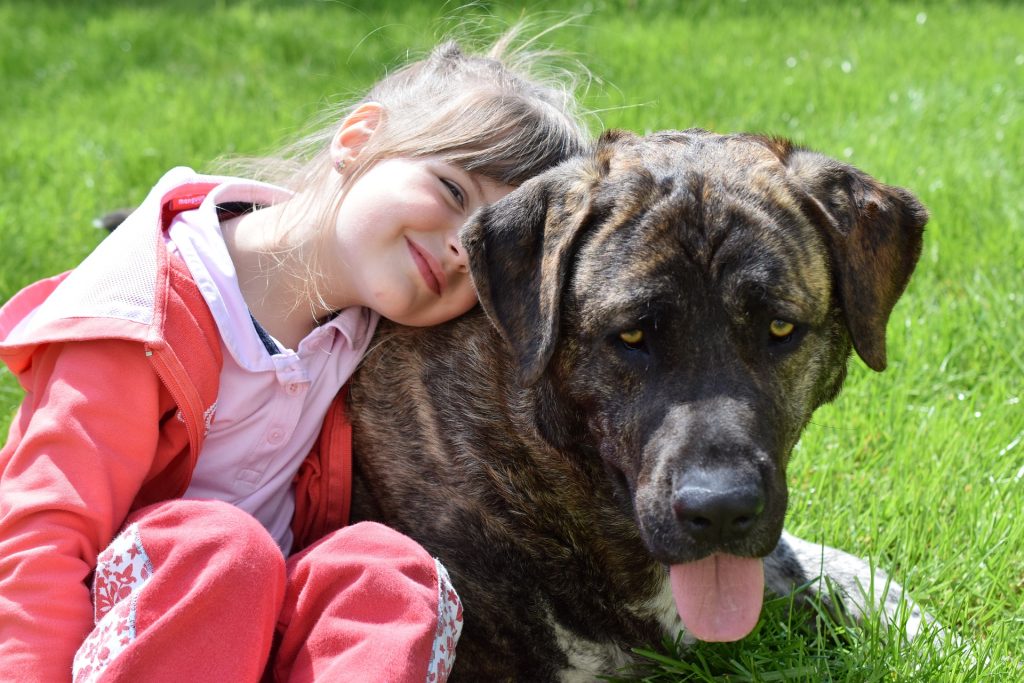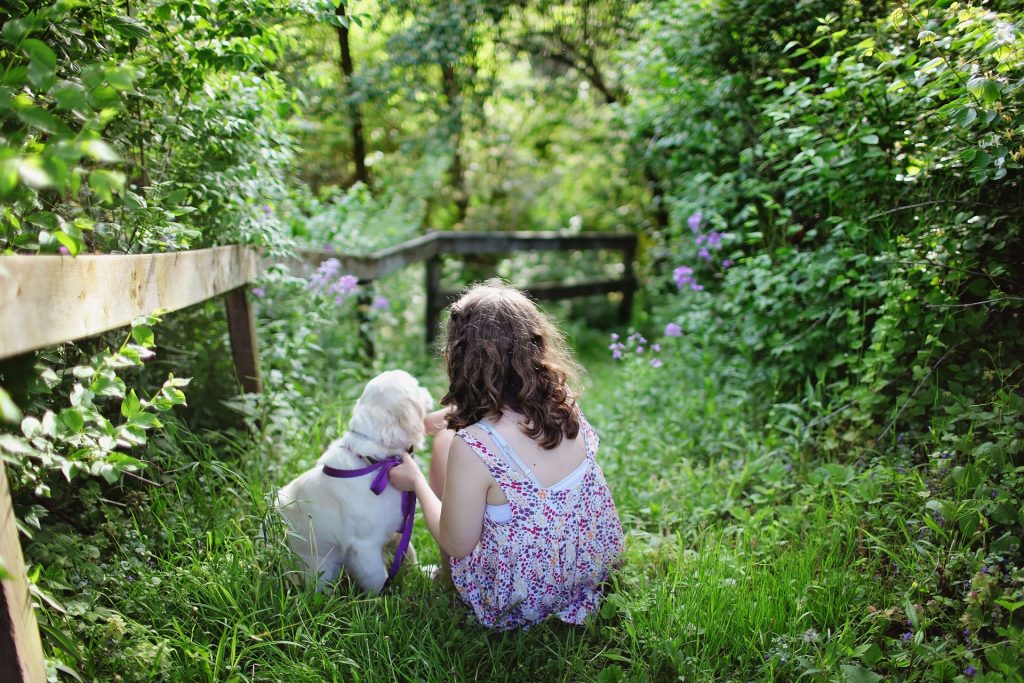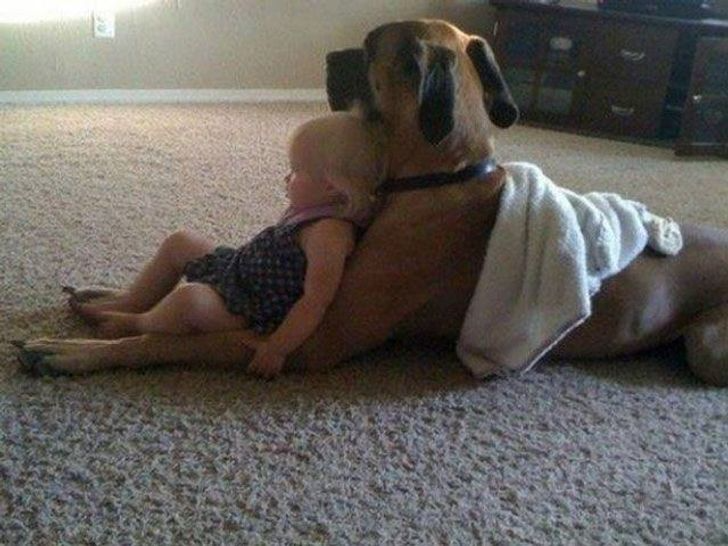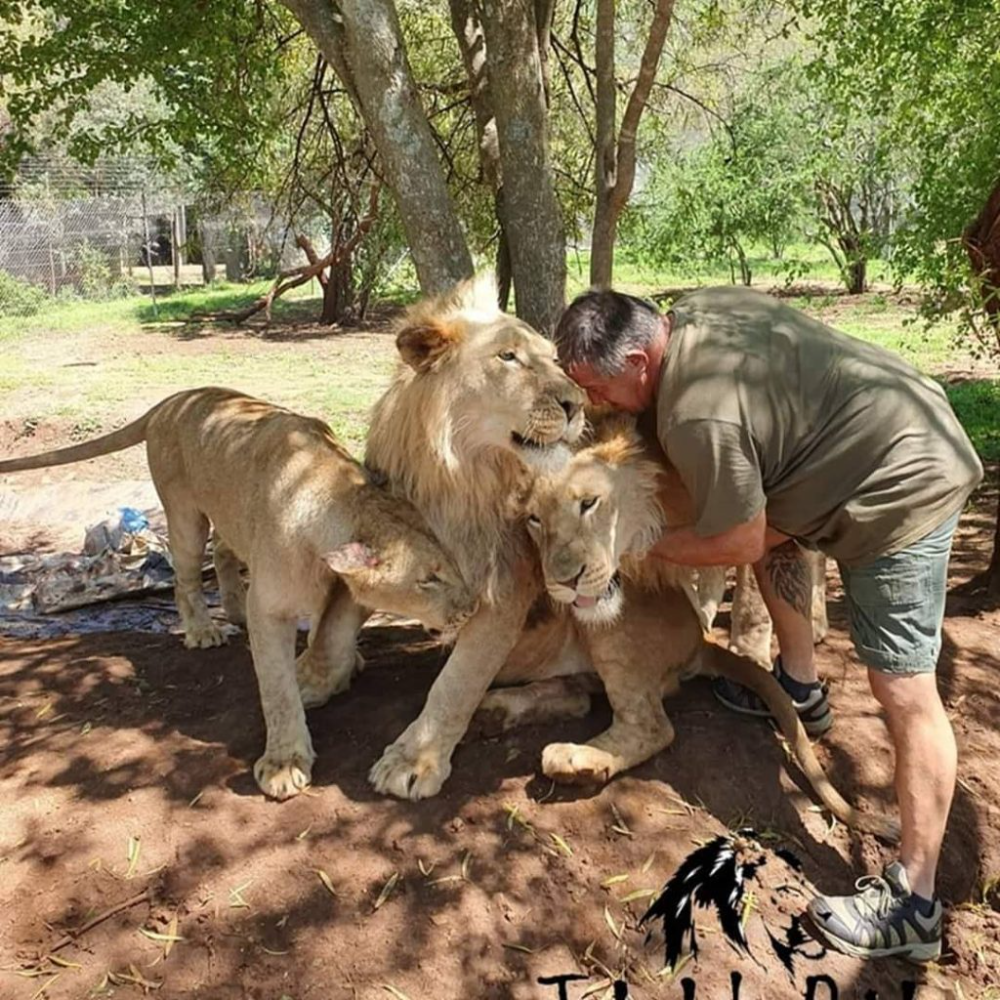Dogs can be great companions for children, providing them with unconditional love, protection, and hours of entertainment. However, it’s important to teach kids how to safely interact with dogs to prevent any accidents or negative experiences.
In this article, we will discuss how parents can teach their children how to safely interact with dogs. This includes understanding dog body language, approaching dogs safely, and respecting a dog’s boundaries. Understanding Dog Body LanguageThe first step in teaching kids how to safely interact with dogs is to understand dog body language. Dogs communicate through their body language, and understanding these cues can help children avoid potentially dangerous situations.

For example, when a dog is relaxed, its body will be loose and its tail will be wagging slowly. However, when a dog is anxious or fearful, its body will be stiff, and its tail will be tucked between its legs.
It’s important to teach children to recognize these signs so they can approach dogs safely and respectfully. Encourage children to observe a dog’s body language before approaching it, and to always ask the owner for permission before petting the dog.
READ MORE: The Unconditional Love of Dogs

Approaching Dogs Safely
Once children understand how to read a dog’s body language, the next step is to teach them how to approach dogs safely. It’s important for children to approach dogs in a non-threatening manner, as sudden movements or loud noises can startle a dog and lead to aggressive behavior.
When approaching a dog, children should:
Ask the proprietor for permission to puppy the dog. Approach the canine slowly and calmly, without making any surprising movements.
Hold out their hand for the dog to sniff, but do not touch the dog’s face or head.
Pet the dog gently on the chest or back, avoiding the head and tail.
Avoid hugging or kissing the dog, as this can make some dogs uncomfortable.
It’s also important for children to understand that not all dogs are friendly or want to be petted. If a dog seems hesitant or aggressive, it’s best to stay away and leave the dog alone.

Respecting a Dog’s Boundaries
Teaching children to respect a dog’s boundaries is essential for their safety and the safety of the dog. Dogs, like humans, have their own space and boundaries that should be respected.
For example, children should never approach a dog when it’s eating or sleeping, as this can make the dog feel threatened and lead to aggressive behavior. Children should also be taught to respect a dog’s toys and food and to never take them away or play too roughly.

Additionally, children should be taught to never tease or taunt a dog, as this can make the dog feel threatened and lead to aggressive behavior. Encourage children to always be kind and gentle to dogs, and to treat them with the same respect they would want to be treated with.

Conclusion
Teaching children how to safely interact with dogs is essential for their safety and the safety of the dog. By understanding dog body language, approaching dogs safely, and respecting a dog’s boundaries, children can develop a positive relationship with dogs and avoid any negative experiences.
Parents should take the time to teach their children about dog safety, and should always supervise their interactions with dogs. With the proper guidance and education, children can develop a lifelong love and respect for dogs.













